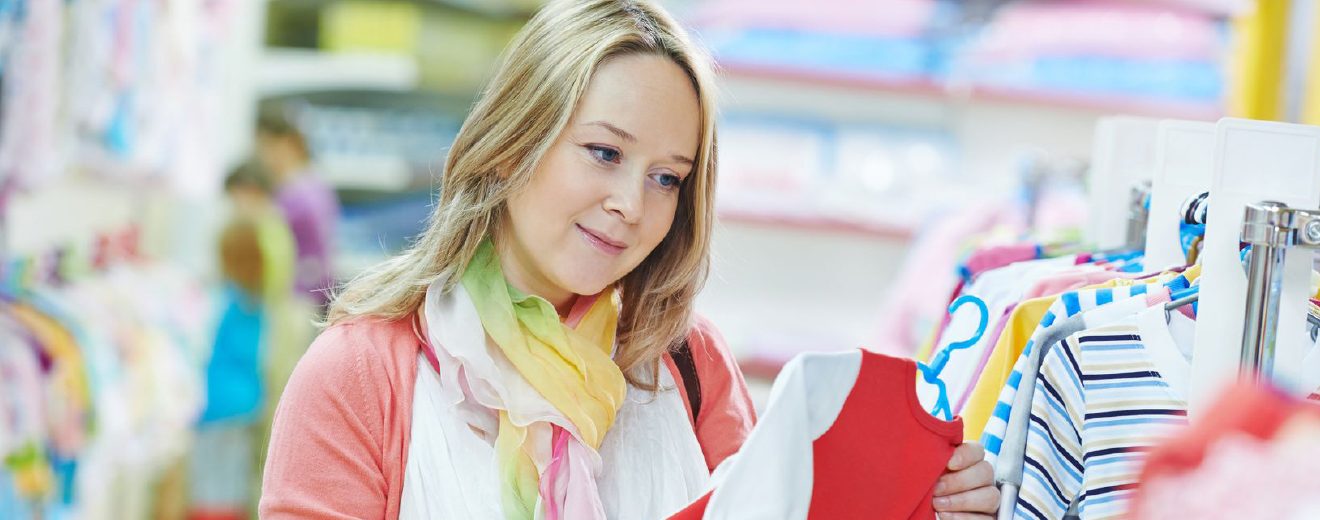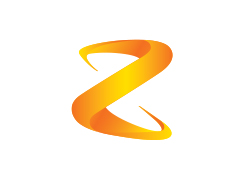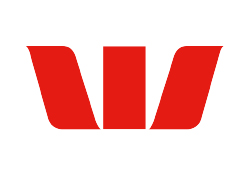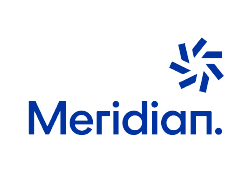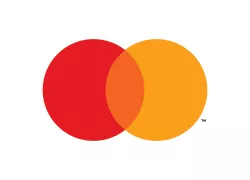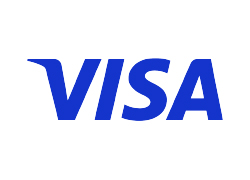Do you sell children’s nightwear?
New regulations are already in force governing the fire safety and labelling of children’s nightwear and some daywear. From 18 April 2017, it is illegal to sell product carrying old fire-hazard labels. It is important to know that NZ rules are now different to those in Australia.
In May 2017, the Commerce Commission published a fact sheet on the labelling of these products.
The Product Safety Standards (Children’s Nightwear and Limited Daywear Having Reduced Fire Hazard) Regulations 2016 are available free of charge here.
The new Australian/ New Zealand Standard Children’s nightwear and limited daywear having reduced fire hazard (AS/NZS 1249:2014) is available for purchase from Standards NZ here or may also be available from the reference section of your public library.
The detail of the new requirements is set out in the Regulations and the Standard (see above). If you sell children’s nightwear or daywear, we strongly advise you to check the detail of these documents and, if necessary, to seek independent advice. The explanation below is intended to be of general assistance only.
Items that are covered by the new requirements are, nightwear and limited daywear garments in sizes 00-14, including:
(i) pyjamas (including bottoms and tops sold separately);
(ii) sizes 3-14 knitted nightwear all-in-ones:
(iii) sizes 00-14 woven nightwear all-in-ones:
(iv) predominantly knitted all-in-one garments in sizes 00-2 made from fabrics that have a pile or nap, or include fabrics with a pile or nap:
(v) nightdresses and nighties:
(vi) nightshirts:
(vii) dressing gowns:
(viii) bathrobes:
(ix) loose-style boxer shorts commonly used as nightwear:
(x) infant sleepbags with sleeves or arm openings: and
(xi) blankets and towels with a sleeve or arm opening.
Items not covered by the new requirements are:
(i) knitted all-in-ones up to and including size 2 that are not made from fabrics with a pile or nap and do not include fabrics with a pile or nap:
(ii) woven all-in-ones for daywear:
(iii) knitted trunks or boxer shorts in form fitting styles commonly worn as underwear:
(iv) tee-shirts, singlets, track tops and similar where they are not sold as nightwear and are not a component of a nightwear set:
(v) track pants, leggings (with or without feet), shorts and similar where they are not sold as nightwear and are not a component of a nightwear set:
(vi) towels and blankets that do not incorporate a sleeve or arm opening:
(vii) headwear, footwear and handwear:
(viii) infant sleepbags without sleeves or arm openings:
(ix) sleeping bags, such as those used for camping:
(x) baby wraps and swaddles:
(xi) detachable capes, hoods, wings, tutus and similar costume accessories
References to sizes in the list above are set in accordance with another Standard (AS1182).
You need to assess each garment to determine its flammability level in accordance with the Standard and make sure it is labelled appropriately. Garments that do not meet the flammability requirements of the new Standard may not legally be sold.
If your products fall within the new requirements, you need to make sure that the products carry one of two labels, depending on their level of flammability. Examples of the two labels are shown below:
The Government will not allow us to show you images of the new labels on our website but you can find them in the Standard.
The requirements for each category are complex and set out in the Standard. If you haven’t already got a copy of the Standard, we recommend that you purchase one from Standards NZ. We recommend that you contractually require your suppliers to ensure that items are appropriately labelled in accordance with AS/NZS 1249:2014.
No. The label needs to permanently affixed to the product, or be printed on the garment.
The label also needs to include:
(i) the brand of the product.
(ii) the size of the garment; (note that the Standard requires you to apply the size as defined by AS1182 – but you are also able to put an age related label in place).
(iii) depending on garment – either, the words “CAUTION KEEP AWAY FROM HEAT AND FLAME” OR “WARNING HIGH FIRE DANGER KEEP AWAY FROM HEAT AND FLAME” (be aware that there are specific legal requirements around font, size and colours and a specific symbol indicating that there is a fire hazard); and
(iv) cleaning instructions that will keep any fire-retardant treatment.
This is a summary only. The Government will not allow us to publish a specific list of requirements, so we advise you to check the Standard.
Yes. You also need to make sure your garments carry labels showing:
(i) the country where the garment is made;
(ii) what fabric the garment is made of; and
(iii) care instructions for the garment.
You are required to display fire hazard information as part of the online image and product description. You may wish to include image of the label on the garment.
Yes. Some garments that do not meet the flammability requirements of the Standard are not allowed to be sold.
These terms refer to fabrics with a raised or brushed surface (such as polar fleece or flanelette); or a raised surface that may be cut or looped (such as velour, terry towelling or coral fleece). Detailed explanations are contained the Standard.
You are not allowed to sell these items legally from 18 April, unless you have a new label permanently attached or printed on the garment.
You run the risk of being prosecuted by the Commerce Commission. While we don’t know what the Commission’s enforcement policy is, the potential penalty for getting this wrong is $200,000 for an individual or $600,000 for a company.
No, Australia has not yet amended its rules, so there are different labelling requirements in Australia and New Zealand. You are not able to sell garments here unless they carry the appropriate New Zealand labels. You need to know that the old red high fire danger label that still applies in Australia is no longer acceptable in New Zealand.
The New Zealand Wool Testing Authority Ltd can undertake textile testing for you.


